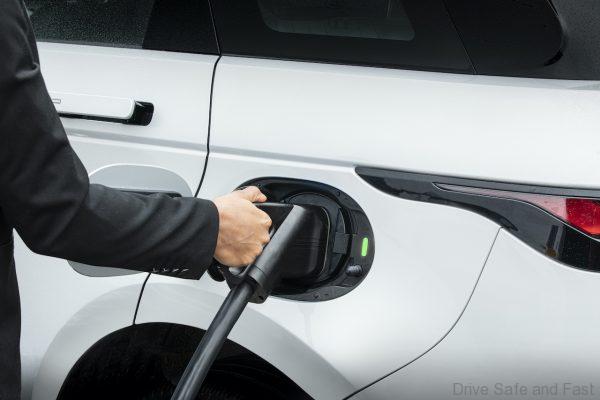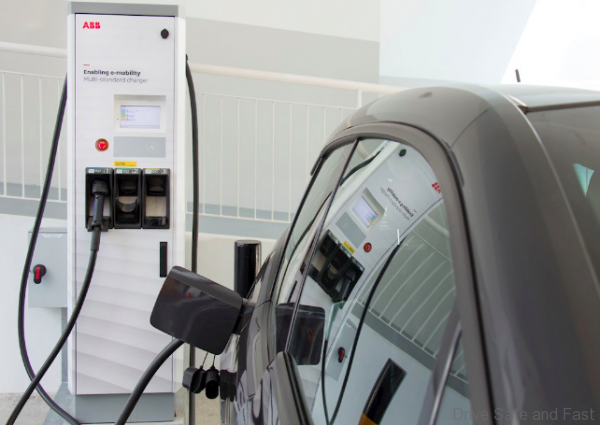The number of publicly accessible charging points for electric vehicles (EVs) increased by 60% in 2019. This is the greatest saturation in three years, outgrowing sales of battery-powered cars, according to a new report from the International Energy Agency (IEA).
In its annual Global EV Outlook publication, the IEA identifies developments and trends in electromobility around the world. The report is developed with support from members of the Electric Vehicle Initiative. Currently, 13 countriesparticipate in this initiative: Canada, France, Japan, Norway, Chile, Germany, the Netherlands, Sweden, China, India, New Zealand, the UK, and Finland.

Public vs private
In 2019, the IEA reports that there were roughly 7.3 million chargers worldwide. About 6.5 million were private, slow light-duty vehicle chargers in homes and workplaces. Meanwhile, publicly accessible chargers made up 12% of global light-duty vehicle chargers, most of which were slow. The IEA defines slow-chargers as providing up to 22kW of power. Globally, the number of both slow and fast publicly accessible chargers increased by 60% last year compared with 2018.
One country looks to be at the forefront of EV infrastructure growth. ‘China continues to lead in the rollout of publicly accessible chargers, particularly fast chargers, which are suited to its dense urban areas with less opportunity for private charging at home,’ the IEA said. China made up 52% of publicly accessible slow EV chargers last year, the US 11%, the Netherlands 8%, France 5%, UK 4% and Germany 3%. China also led the way with publicly accessible fast-chargers, at 82% share. The US had 5%, Norway 2%, UK 2% and Germany 1%.

However, how information is sourced, collected and evaluated can reveal different pictures of how EV infrastructure is developing globally. Analysing data from a different source, the European Alternative Fuels Observatory (EAFO), Autovista Group reoprted that in 2019 the Netherlands leads the way in Europe in terms of the total number of charging points. When this number is divided by the population to provide a figure for ‘charging density’, i.e. charging points per 1,000 of population, the Netherlands is second only to Norway.
In Germany, energy industry association BDEW recently conducted a survey from its charging point register. According to its figures, EVs can access electricity at 27,730 public charging points across the country. This is almost 60% more than in May 2019, over 10,000 more points. However, fast-chargers only represent 14% of the market.

‘It is pleasing to see the dynamism with which the charging infrastructure is being expanded. The energy industry is thus making a key contribution to driving forward the turnaround in transport,’ said BDEW CEO Kerstin Andreae. ‘Electromobility is not only an important factor for climate protection, but can also become an effective economic driver, especially in the current difficult economic situation.’

